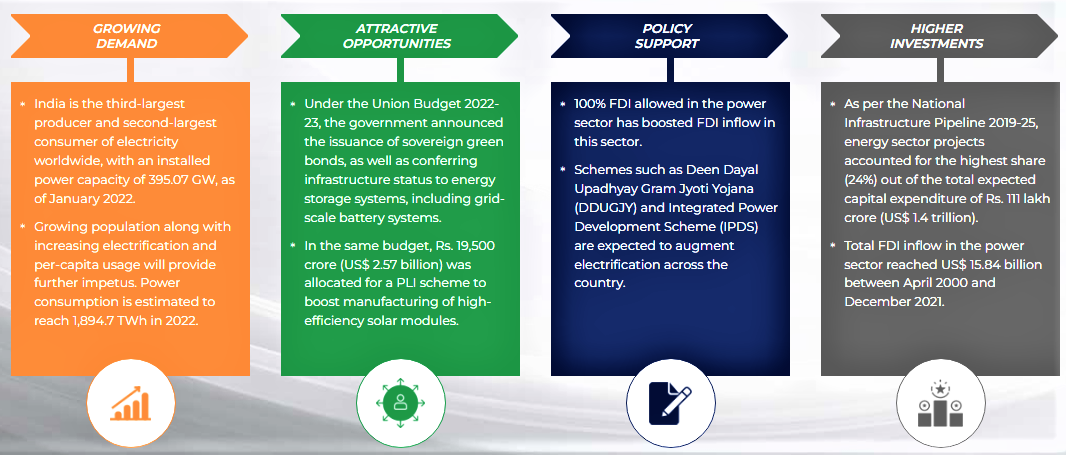900 319 0030
enquiry@shankarias.in
While the significant growth of power infrastructure is commendable, there are many problems that the sector faces, electrical accidents being a tragic one.
India is the third-largest producer and second-largest consumer of electricity worldwide.
The Central Electricity Authority (CEA) estimates India's power requirement to grow to reach 817 GW by 2030. The government plans to establish renewable energy capacity of 500 GW by 2030.

Central Electricity Authority (CEA) is an organization under Ministry of Power whose functions and duties of CEA are delineated under Section 73 of the Electricity Act, 2003.
References